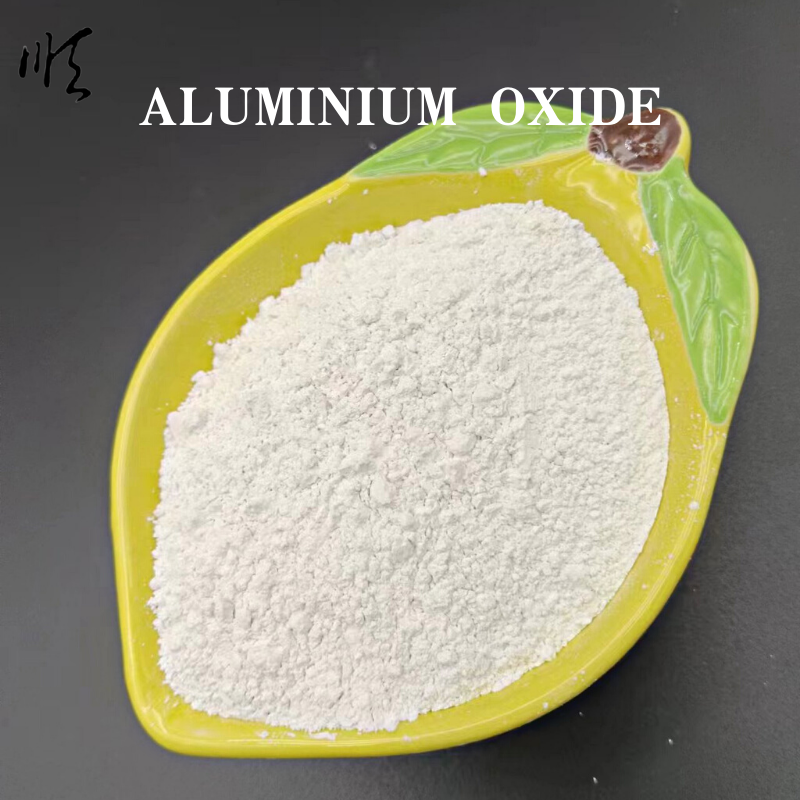
Current Trends and Insights in Vermiculite Pricing and Market Dynamics
Understanding Vermiculite Prices Factors Influencing Market Trends
Vermiculite, a naturally occurring mineral that expands when heated, is widely used across various industries, including construction, horticulture, and insulation. This lightweight material is prized for its excellent insulating properties, fire resistance, and ability to retain moisture, making it a popular choice among builders, gardeners, and manufacturers. However, like many commodities, vermiculite prices can fluctuate based on a multitude of factors. Understanding these factors is essential for businesses and consumers alike.
Supply and Demand Dynamics
One of the primary drivers of vermiculite prices is the basic economic principle of supply and demand. As industries that utilize vermiculite grow—particularly the construction and horticultural sectors—the demand for this mineral increases. Conversely, if there are disruptions in the supply chain, such as mining strikes, natural disasters, or geopolitical tensions, prices can rise steeply. For instance, if a significant vermiculite mine faces operational issues or if a country that is a major exporter imposes trade restrictions, the supply can dwindle, leading to higher prices.
Geographic Variability
Vermiculite deposits are not evenly distributed around the globe. Key producers include the United States, South Africa, and Brazil. The concentration of vermiculite mining in these regions creates geographic variability in pricing. Regions closer to major markets often have lower transportation costs, which can make them more competitive. Conversely, areas reliant on imports may see higher prices due to shipping costs and tariffs, thus affecting overall market dynamics.
Quality of Vermiculite
vermiculite prices

Not all vermiculite is created equal. The quality of the mineral can significantly influence its price. Higher-grade vermiculite, which has superior expansion properties and fewer impurities, typically commands a premium in the market. As consumer preferences shift toward higher-quality and more sustainable products, the demand for superior vermiculite may increase, consequently affecting pricing. It is essential for purchasers to evaluate the specific quality required for their applications when considering vermiculite prices.
Market Speculation and Trends
Market speculation can also play a vital role in determining vermiculite prices. Investors may anticipate future demand growth based on trends in construction or environmental sustainability, leading them to buy large quantities of vermiculite. This speculation can inflate prices in the short term, regardless of current supply and demand fundamentals. Furthermore, trends in sustainable construction practices and organic gardening have prompted increased interest in vermiculite as a greener building material, which can further influence price fluctuations.
Regulatory Environment
Regulatory factors can impact vermiculite prices significantly. Environmental regulations governing mining operations can lead to increased costs for producers. Compliance with safety and environmental standards often requires additional investment, which can result in higher prices for consumers. Additionally, any changes in legislation regarding the use of vermiculite in construction projects—especially where health concerns are involved—can either stabilize or destabilize its market price.
Conclusion
The pricing of vermiculite is influenced by a multitude of factors, including supply and demand dynamics, geographic variability, quality differences, market speculation, and regulatory environments. For stakeholders in industries that rely on vermiculite, staying informed about these trends is crucial for making educated purchasing decisions. Whether you are a builder, a gardener, or a manufacturer, understanding these dynamics can help you navigate the often volatile vermiculite market, allowing for better planning and investment strategies in the face of changing prices. As sustainability becomes increasingly important, the demand for vermiculite may continue to rise, potentially leading to further shifts in pricing trends.
Share
-
Premium Pigment Supplier Custom Solutions & Bulk OrdersNewsMay.30,2025
-
Top China Slag Fly Ash Manufacturer OEM Factory SolutionsNewsMay.30,2025
-
Natural Lava Rock & Pumice for Landscaping Durable Volcanic SolutionsNewsMay.30,2025
-
Custom Micro Silica Fume Powder Manufacturers High-Purity SolutionsNewsMay.29,2025
-
Custom Mica Powder Pigment Manufacturers Vibrant Colors & Bulk OrdersNewsMay.29,2025
-
Custom Micro Silica Fume Powder Manufacturers Premium QualityNewsMay.29,2025






